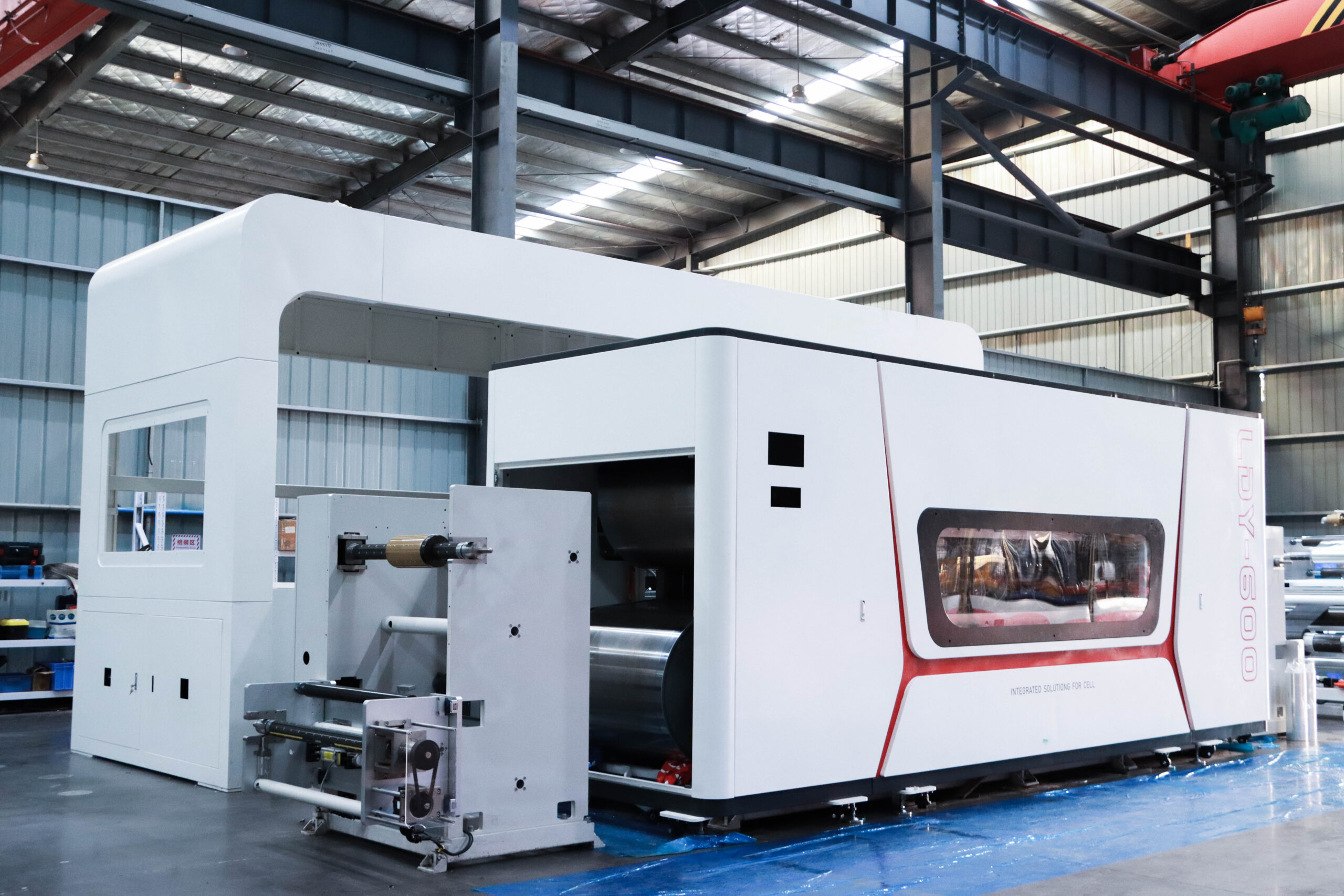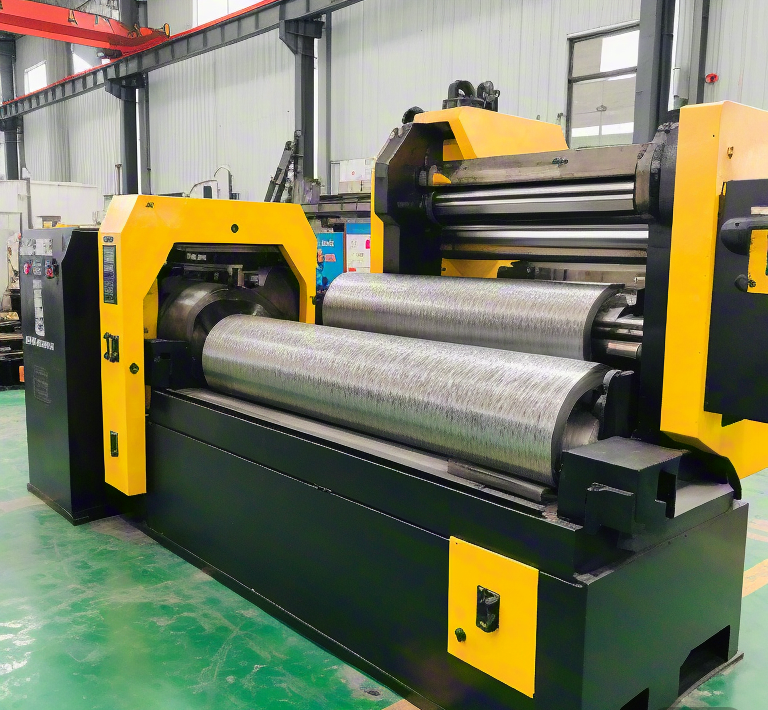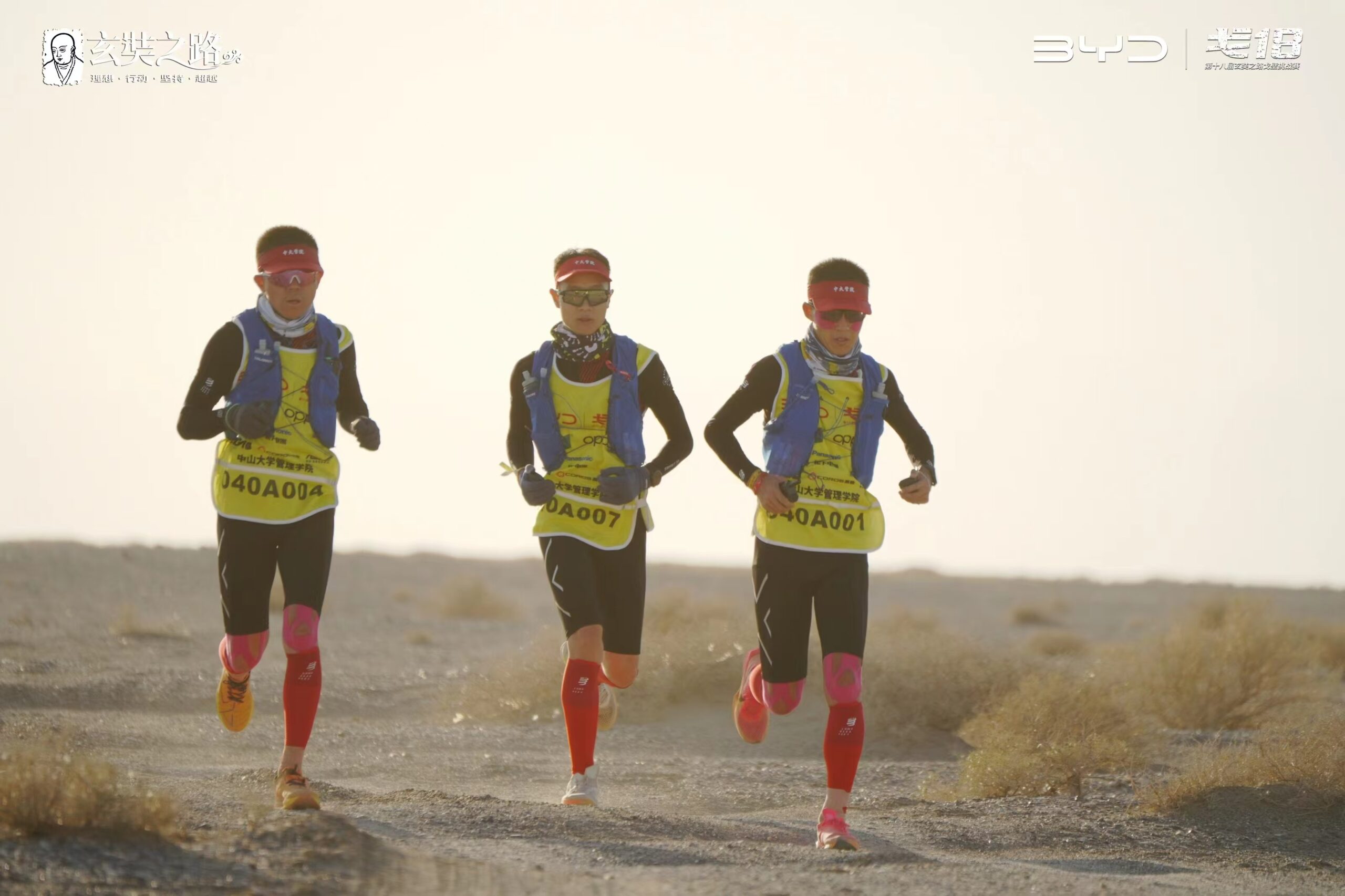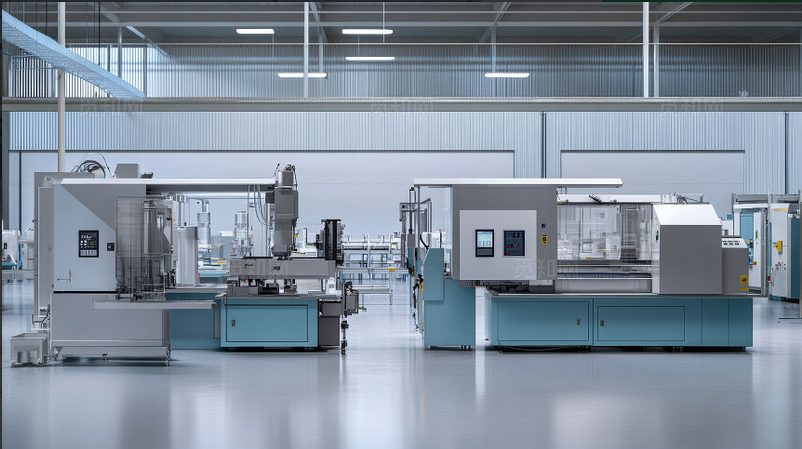Table of Contents
ToggleAbstract
The double steel belt press (DSBP), as a high-efficiency continuous forming equipment, plays a pivotal role in composite materials, engineered wood, rubber products, and emerging sectors such as fuel cell bipolar plate manufacturing. This paper systematically dissects the technical features and competitive advantages of DSBP from perspectives of mechanical architecture, operational principles, and thermodynamic transfer, supplemented by real-world industrial case studies.
I. Deep Dive into the Working Principles of Double Steel Belt Press
1. Core Structural Components
A DSBP comprises the following critical modules:
- Drive System: Servo motor-driven precision gear trains ensure synchronized operation of upper and lower steel belts (alignment error <0.1mm/m).
- Steel Belt System: High-strength alloy steel belts (thickness: 1.5–3mm) with specialized polishing treatment (surface roughness Ra ≤0.4µm).
- Pressure System: Hydraulic or pneumatic zone-controlled pressure (adjustable range: 0.5–15MPa, fluctuation ≤±1%).
- Heating/Cooling Modules: Electric heating plates (max. 400°C) or thermal oil circulation systems paired with air/water cooling for gradient temperature control.
2. Dynamic Operational Workflow
- Feeding Stage
Material is uniformly distributed on the steel belt surface via precision-metered extruders or spreaders, achieving thickness control accuracy of ±0.05mm. - Compression and Forming Stage
Upper and lower steel belts form a wedge-shaped compression zone under driven rollers, utilizing progressive pressure intensification (e.g., preheating zone → low-pressure degassing zone → high-pressure forming zone) to eliminate voids. For carbon fiber prepreg lamination, pressure profiles follow a “slow-fast-slow” regime to ensure complete resin flow. - Temperature Control Strategy
PID closed-loop control governs thermal profiles:- Preheating zone: 80–120°C (reducing material viscosity)
- Reaction zone: 150–180°C (triggering curing kinetics)
- Stabilization zone: 60–80°C (minimizing residual stress)
- Cooling and Solidification Stage
Rapid quenching via water-cooled rollers (cooling rate up to 30°C/min) locks in product microstructure.
II. Multidimensional Analysis of Technical Advantages
1. Revolutionary Productivity Enhancement
- Continuous Processing: 300–500% higher throughput vs. batch-type platens (e.g., engineered wood line speed: 50m/min).
- Energy Efficiency: Thermal utilization rate reaches 75% (vs. 40% in conventional processes), saving ~300 tons of standard coal annually per line.
2. Breakthrough Quality Improvements
- Thickness Uniformity: Laser thickness gauges enable real-time feedback control, achieving ±0.03mm tolerance (per ASTM D638).
- Defect Suppression: Void content <0.1 vol% (e.g., lithium battery separator porosity deviation ≤1.5%).
3. Innovative Process Adaptability
- Material Versatility: Compatible with resins spanning 10³–10⁶ mPa·s viscosity.
- Hybrid Forming: Enables synchronous lamination of “sandwich” structures (e.g., metal mesh/ceramic fiber/polymer film).
III. Technical Implementation in Key Applications
Case 1: Mass Production of Fuel Cell Metal Bipolar Plates
- Challenge: Precision embossing of 0.1mm ultrathin stainless steel with 120MPa micro-channel replication.
- Solution:
- Nano-coated steel belts (friction coefficient <0.05)
- Multi-stage pressure control (pre-press 10MPa → main press 120MPa → hold 80MPa)
- Infrared inline inspection (resolution: 0.5µm)
Case 2: Aerospace Composite Skin Manufacturing
- Process Parameters:
- Temperature: 180°C±2°C (T800 carbon fiber/epoxy system)
- Pressure: 2MPa (preventing fiber distortion)
- Cure time: 20min (vs. 120min for autoclave processing)
IV. Critical Parameter Matrix for Equipment Selection
| Parameter Category | Evaluation Criteria | Benchmark Metrics |
|---|---|---|
| Material Behavior | Viscosity-temperature curve, activation energy | Resin gel time > belt transit time |
| Throughput Demand | Line speed vs. heating zone length | Minimum heating length L=vt (v: line speed, t: reaction time) |
| Precision Requirements | Belt tracking deviation, temperature uniformity | Cross-directional ΔT <±3°C |
| Automation Level | AI-driven thickness control systems | Response time <0.1s |
V. Emerging Technological Trends
- Digital Twin Integration
Steel belt stress field modeling (ANSYS Workbench) enables predictive maintenance, replacing empirical lifecycle management. - Superconductive Rapid Heating
Graphene thin-film heaters achieve 200°C/s ramp rates for transient cure systems. - Micro-Zone Pressure Compensation
Piezoelectric ceramic arrays address edge effects in large-format products via localized pressure tuning.
Conclusion
The evolution of double steel belt press technology epitomizes an industrial saga of relentless pursuit in precision and efficiency—from millimeter-scale control to micron-level mastery, and from trial-and-error empiricism to digital twin-driven innovation. As this equipment propels advanced manufacturing toward smarter, more refined paradigms, process engineers must master the coupled dynamics of steel belt mechanics and heat-mass transfer mechanisms to unlock next-generation high-performance material fabrication.





